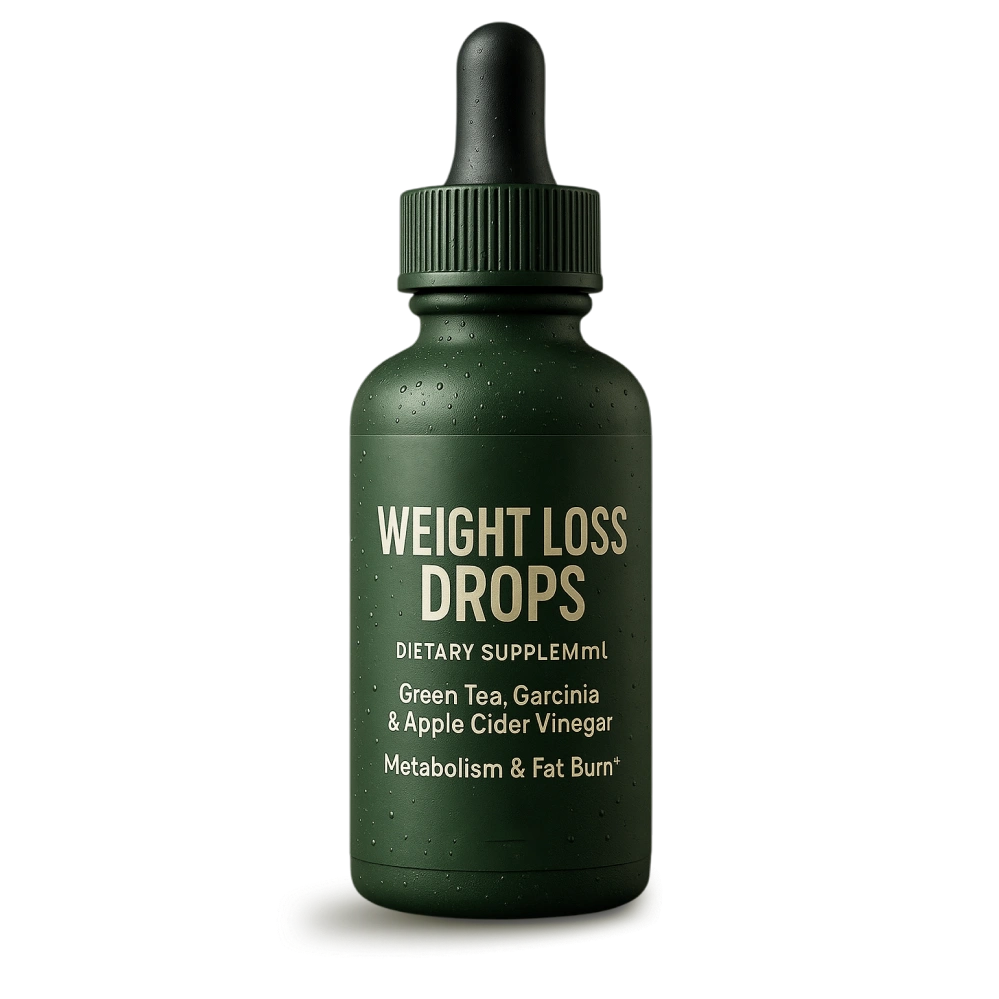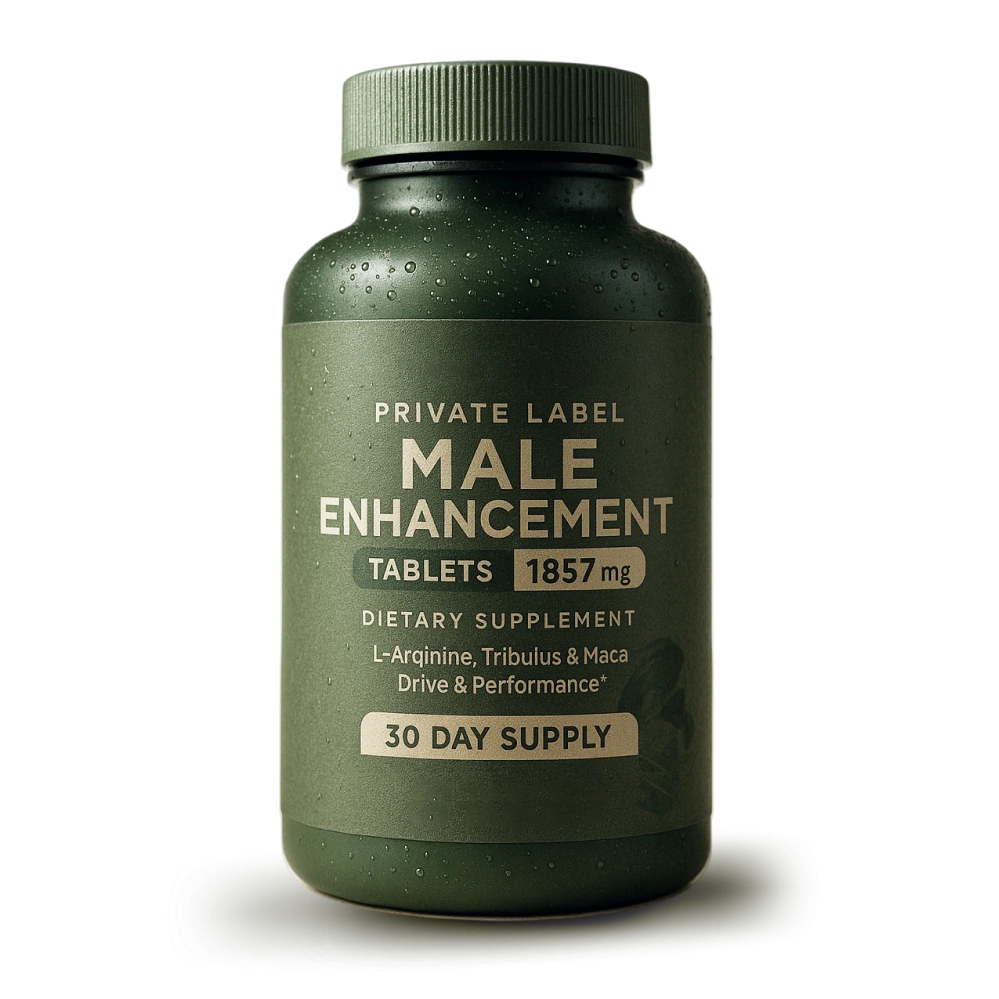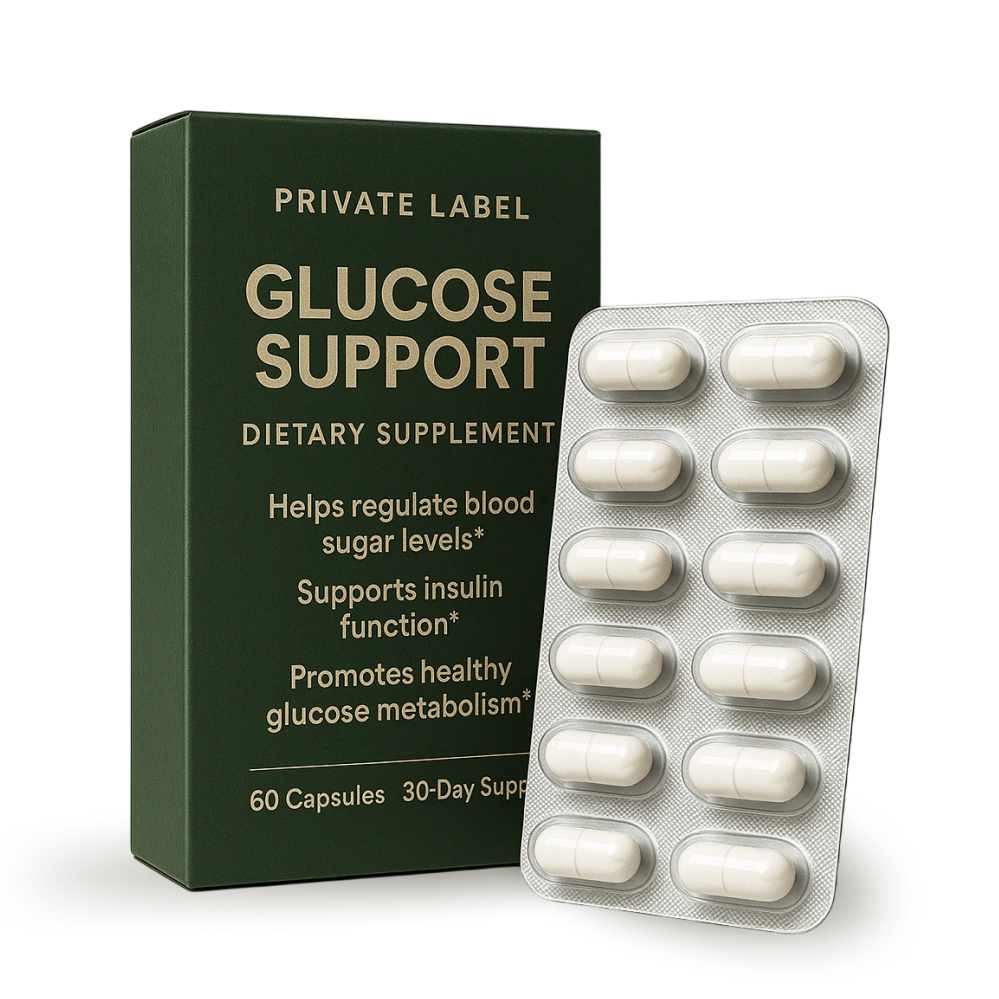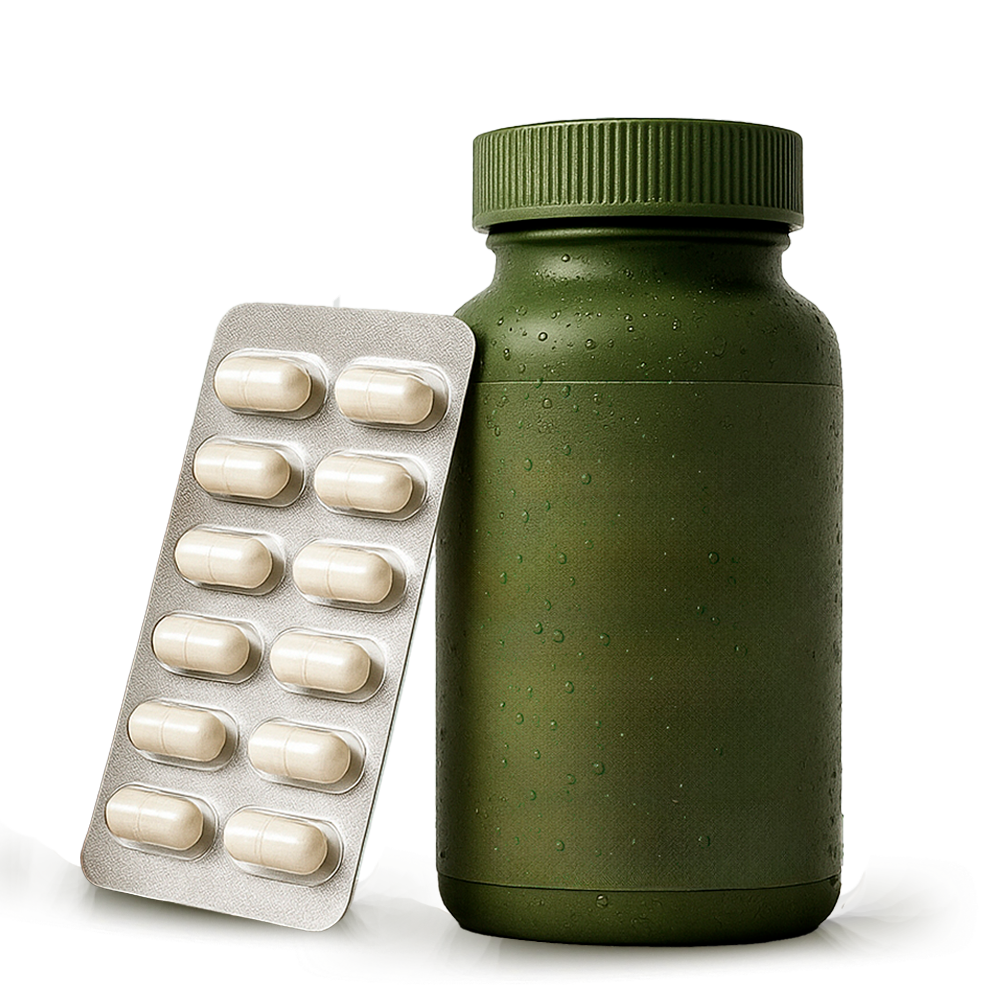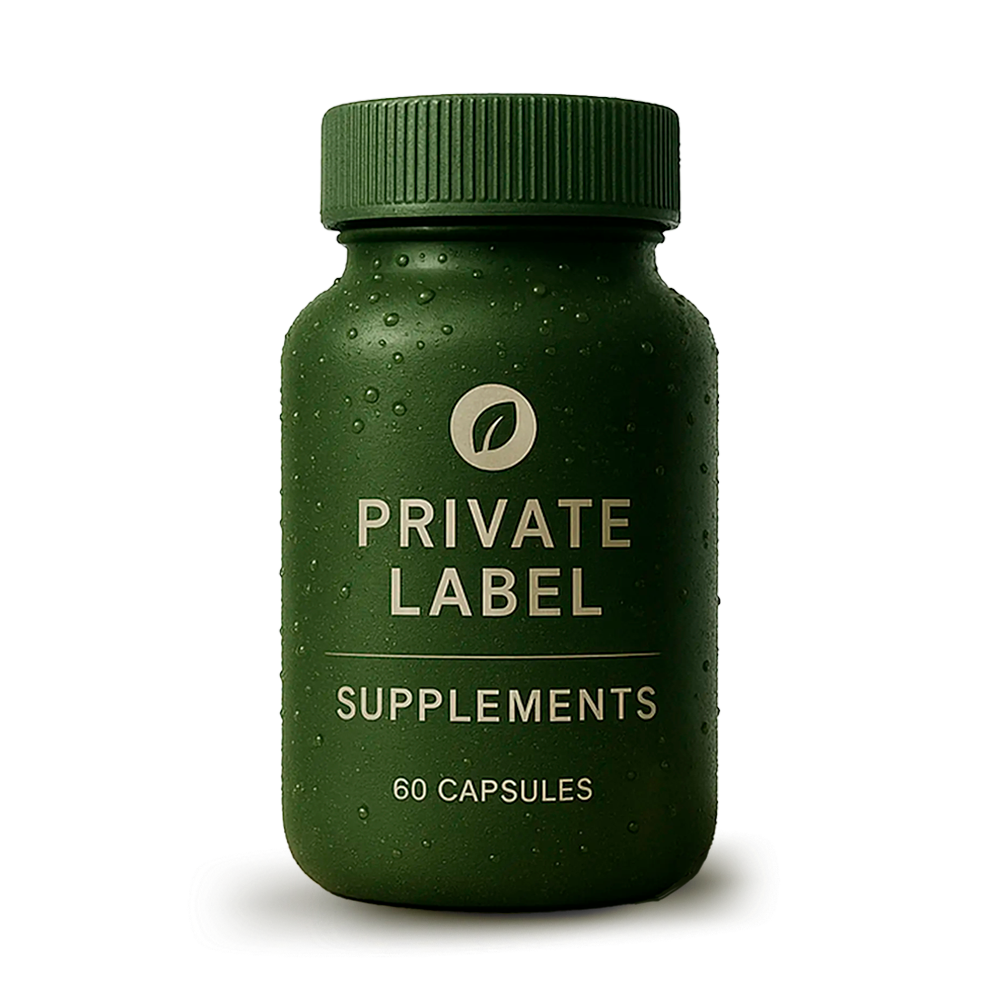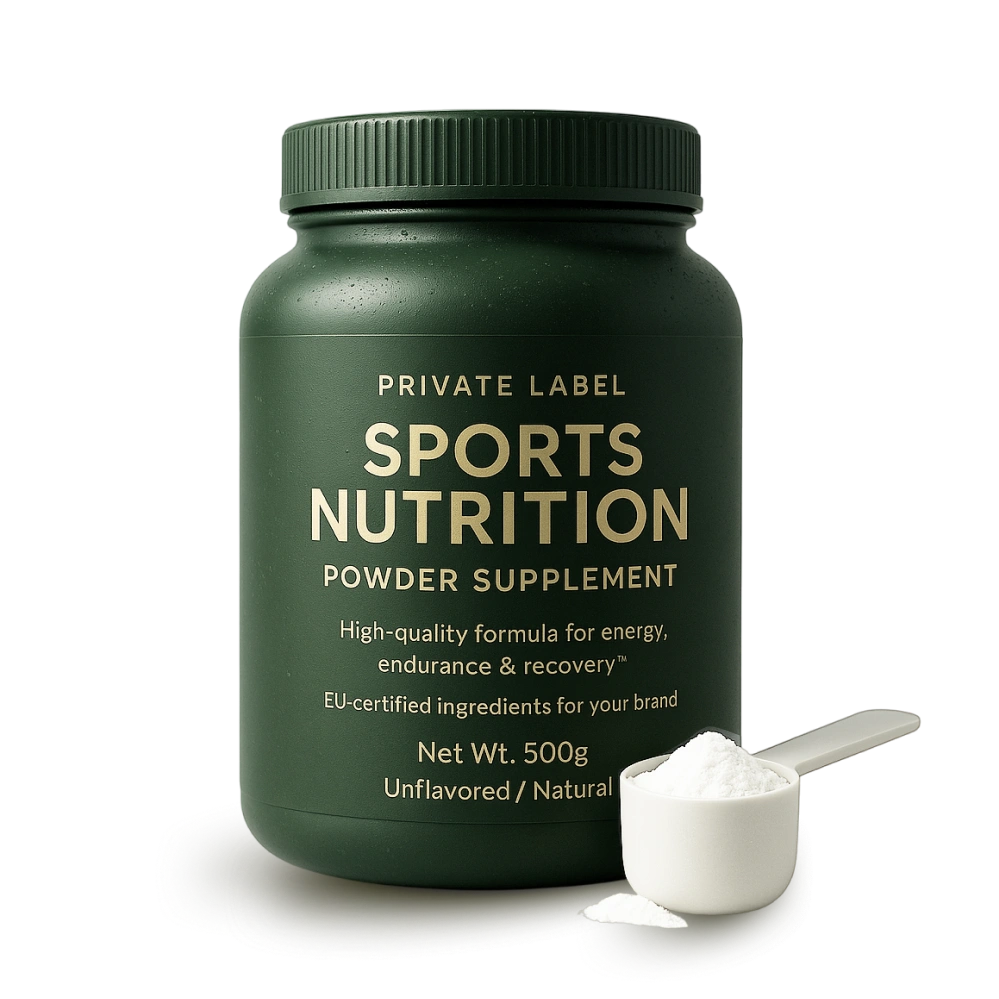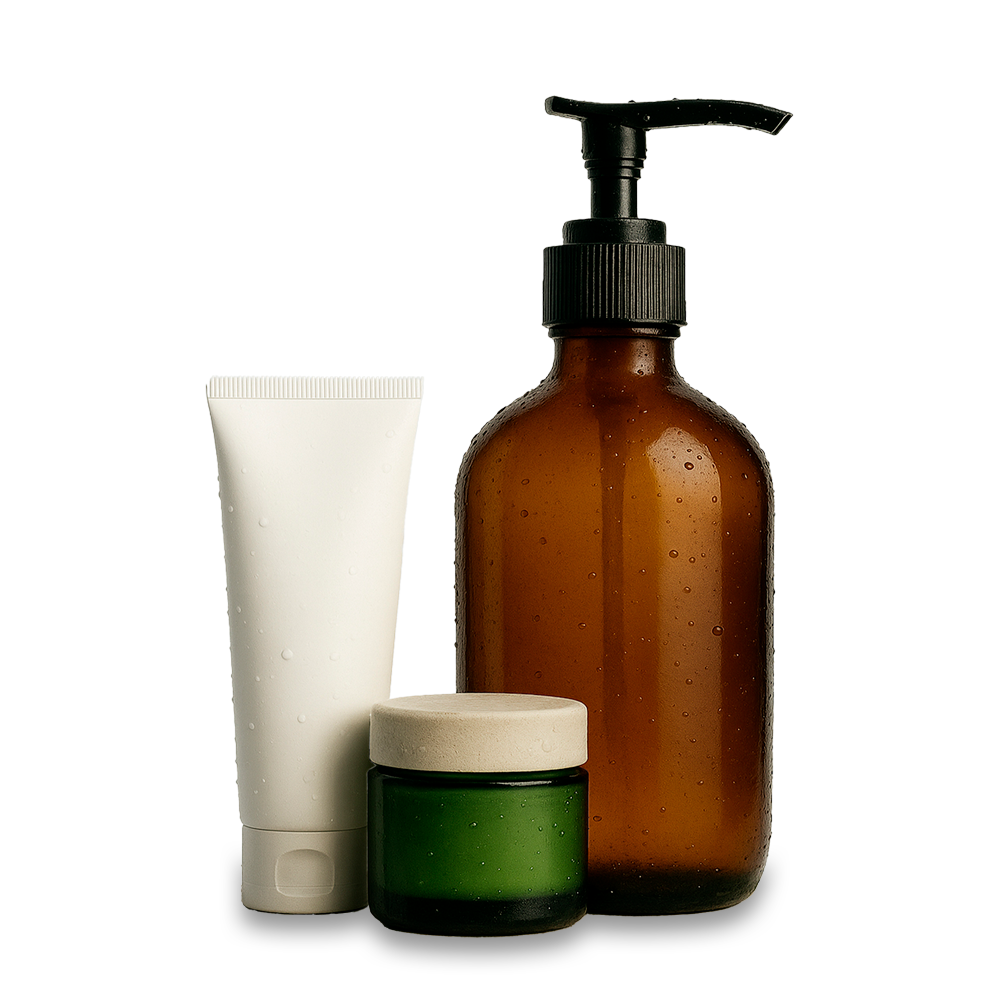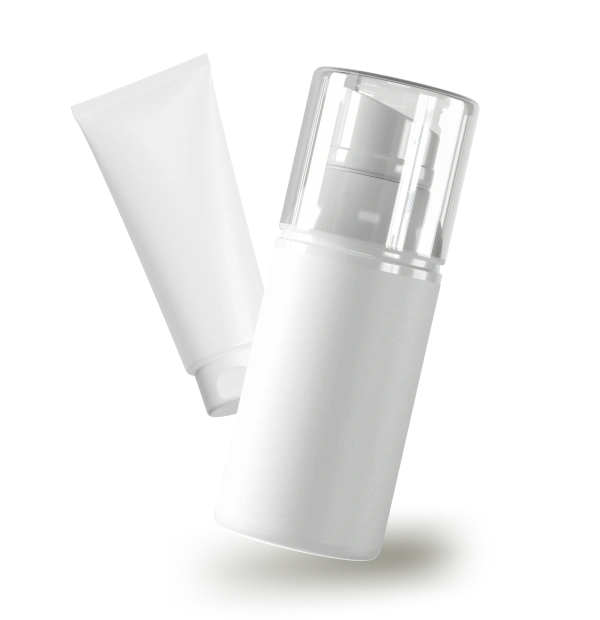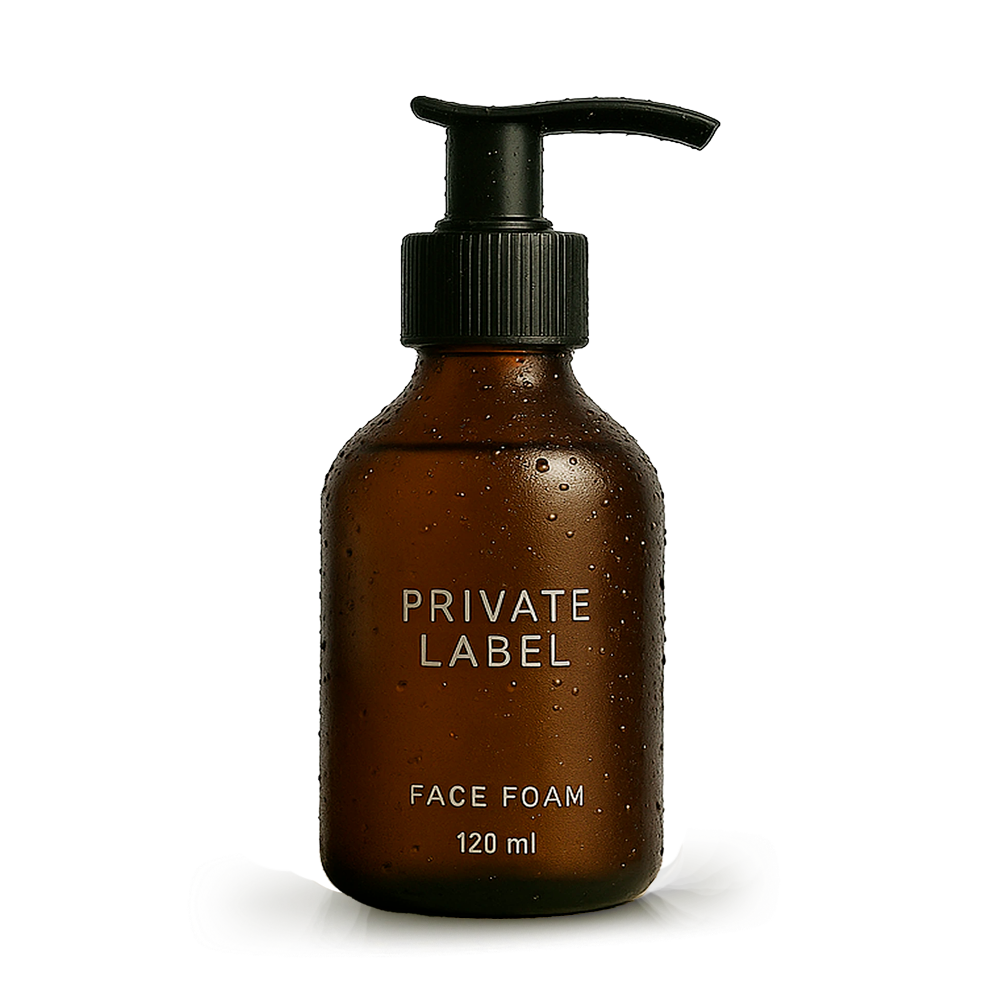
Intro
Producing fish oil is a precise balance between biology, food science, and mechanical engineering. Modern factories convert fresh fish into refined fish oil products and cod liver oil through multiple controlled stages, ensuring purity, stability, and compliance with global safety regulations.
Every reputable manufacturer, including Merywood, adheres to frameworks set by the World Health Organization, European Union, and American Oil Chemists Society. The goal is clear: to provide safe, traceable fish oils suitable for human consumption while maintaining environmental responsibility.

The Global Landscape of Fish Oil Production
The fish oil industry operates across oceans and continents. From the Arctic to Southeast Asia, the production network connects fisheries, refineries, and laboratories supplying industries as diverse as nutrition, pharmaceuticals, aquaculture, and even cosmetics manufacturing.
Major Producing Regions
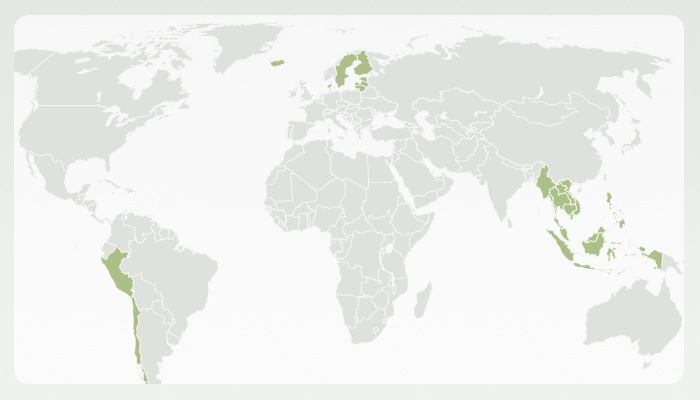
These countries process millions of tonnes of fish species annually. Roughly one-third becomes fishmeal and fish oil, while the remainder enters human nutrition channels.
Sustainability and Regulation
Modern plants employ traceability systems that track each batch of raw materials from vessel to capsule. Certification programmes such as MSC and IFFO RS ensure minimal environmental pollutants, control organic pollutants, and encourage balanced harvesting of wild-caught and farmed fish.
This commitment to responsible nutrition drives technological upgrades: energy-efficient boilers, closed water circuits, and filtration units that capture volatile compounds. The result is cleaner production, reduced waste, and a more consistent supply of high-purity marine oils. Even residual biomass becomes animal feed, closing the production loop. This full-utilisation model reflects responsible nutrition principles and reduces waste.
Raw Materials: What Fish Oils Are Made From
Quality fish oils begin with the right raw materials. Selecting proper sources determines yield, taste, and the fatty-acid profile of the final oil.
Primary Categories of Raw Materials
- Whole fish — small pelagic fish species such as anchovy, sardine, mackerel, herring, and salmon.
- Trimmings and heads — by-products from seafood processing, converted into valuable liver oils and feed.
- Livers — especially cod livers, the base of cod liver oil, containing natural vitamin A and vitamin D.
Raw Material Quality Requirements
- Freshness: processed within 24 hours of landing.
- Temperature: stored ≤ 5 °C to prevent oxidation.
- Chemical tests: measure peroxide value and free fatty acids.
- Contaminant control: screen for heavy metals, color substances, and organic pollutants.
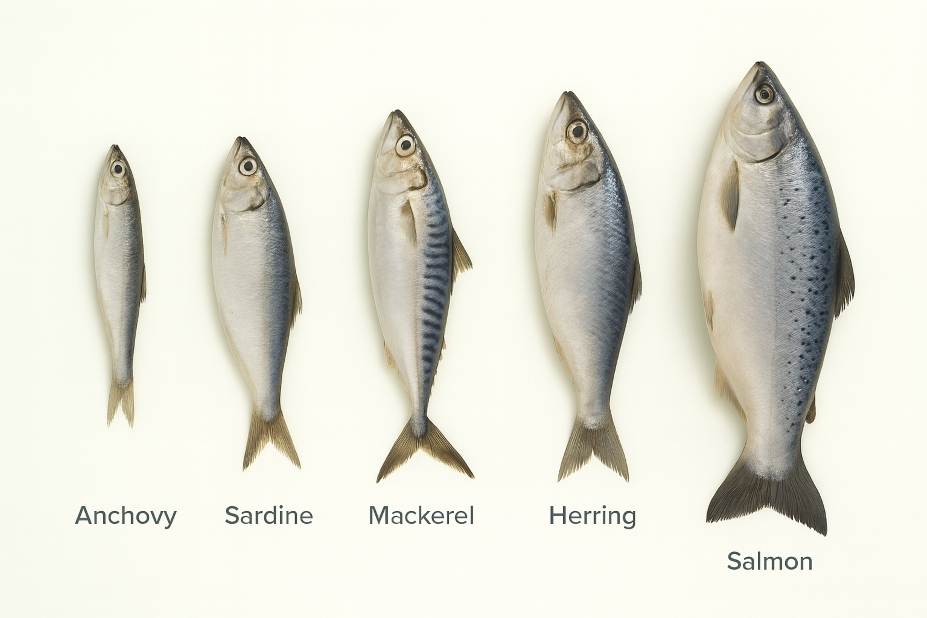
Chemical Composition of Raw Fish
By controlling raw-material chemistry, processors optimize extraction efficiency and maintain a stable mix of saturated fatty acids, polyunsaturated fatty acids, and fatty-acid esters.
Extraction Process: How Fish Oil Is Made
Extraction marks the practical beginning of how fish oil is made. It transforms the moist fish mass into a raw crude oil fraction while preserving sensitive nutrients.
1. Cooking
The ground material is heated at 80–95 °C.
- Heat coagulates proteins, releasing oil.
- The mixture becomes a suspension containing liquid brown oil and solids.
- Careful control limits oxidation of EPA and DHA — the key long-chain omega 3 fatty acids.
2. Pressing and Decanting
Centrifugal presses divide the mass into:
- Crude oil (the valuable phase for refining).
- Press cake (sent to fishmeal and fish oil lines for animal feed).
- Aqueous phase (treated and recycled).
3. Purifying the Brown Oil
Filtration removes suspended solids and moisture. Operators monitor:
- Free fatty acids (< 2 %).
- Exposure to oxygen and resulting oxidation products.
- Volatile compounds influencing smell and colour.
Vacuum systems protect polyunsaturated fatty acids and stabilise saturated fats while minimising trans fats formation.
4. Initial Quality Control
Every lot of crude oil undergoes:
- Measurement of peroxide value.
- Moisture and heavy-metal testing.
- Sensory evaluation for odour.
Properly extracted oil moves on to refining; poor batches are downgraded for non-food use, maintaining quality for human consumption.
Refining the Crude Fish Oil
Refining removes contaminants and perfects flavour and colour. It converts unstable crude oil into purified fish oils used in premium food supplements.
Stage 1 — Alkali Refining (Neutralisation)
In alkali refining, sodium hydroxide reacts with free fatty acids to form soap, which is centrifuged out.
Results:
- Removes free fatty acids and rancid flavours.
- Reduces trans fats, saturated fats, and unwanted oxidation products.
- Prepares the oil for deodorisation.
This refining process is standard for liver oils like cod liver oil, arctic cod liver oil, and other marine oils.
Stage 2 — Washing and Drying
After neutralisation, the oil is washed to remove soaps and dried under vacuum.
- Eliminates volatile compounds, colour substances, and residual moisture.
- Prevents formation of secondary oxidation products that degrade shelf-life.
Stage 3 — Deodorisation
Steam passes through the oil under reduced pressure (150–180 °C).
Outcomes:
- Removes odour-causing molecules responsible for fishy taste.
- Lowers peroxide value and total oxidation value.
- Preserves natural omega 3 fatty acids and natural vitamins.
Stage 4 — Physical vs Chemical Refining
Manufacturers select the approach by oil type:
- Physical refining – uses steam stripping and adsorbents; minimal chemicals.
- Chemical refining – common for complex liver oils; maintains fat-soluble vitamins and the proper DHA ratio.
Stage 5 — Final Polishing and Storage
Refined fish oils are cooled and transferred into nitrogen-flushed tanks. Routine third-party testing ensures compliance with American Oil Chemists Society guidelines.
Quality metrics:
- Peroxide value < 5 meq/kg
- Total oxidation value < 15
- Stable balance of EPA and DHA and low oxidation products
✅ The result — a clear, pale-yellow oil, free from impurities and odour, ready for molecular distillation and encapsulation.
Molecular Distillation and Purification
Once the crude oil has been refined, it still contains minute contaminants and odour molecules. To transform it into premium-grade fish oils, manufacturers apply molecular distillation — a high-vacuum purification method that separates unwanted residues without damaging fragile omega 3 fatty acids.
Principles of Molecular Distillation
- High vacuum (0.001–0.1 mbar): lowers boiling points and prevents oxidation.
- Short path: vapours travel only centimetres before condensing, preserving polyunsaturated fatty acids.
- Low residence time: just seconds under high heat, protecting the natural ratio of EPA and DHA.
What the Process Removes

Process Parameters and Control
Operators monitor:
- Peroxide value (< 5 meq/kg).
- Total oxidation value (TOTOX) (< 15).
- Vacuum pressure stability and condenser temperature.
Following American Oil Chemists Society and World Health Organization recommendations, these parameters ensure low oxidation and removal of oxidation products. After this step, the oil becomes transparent, odour-free, and suitable for encapsulation.
Composition and Stability of Fish Oils
Distilled fish oils contain a balanced spectrum of fatty acids critical to product functionality.
Typical Fatty Acid Profile
Other components include natural fatty acid esters, traces of ethyl esters, and antioxidants. Manufacturers continually monitor oxidation markers such as peroxide value and TOTOX to guarantee shelf-life and sensory neutrality.
Natural antioxidants — tocopherols and rosemary extract — are commonly added to delay degradation. Proper packaging further protects long-chain omega 3 molecules from light and oxygen.
Focus on Cod Liver Oil: A Premium Subtype
Among all fish oils, cod liver oil holds a unique reputation. Extracted from carefully handled fresh cod livers, it naturally contains vitamin A, vitamin D, and fat-soluble vitamins essential for metabolism, making it a frequent component in weight-loss oriented formulations.
Distinctive Features
- Derived from liver oils, not whole fish.
- Gentle high-heat extraction avoids damaging omega 3 fatty acids.
- Naturally rich in EPA and DHA, maintaining a near 1:1 DHA ratio.
- Popular for fish oil supplements due to mild flavour and natural vitamins.
Chemical Composition of Cod Liver Oil
Historical and Market Context
For centuries, Arctic communities relied on cod liver oil as a rich source of nutrients. Today, arctic cod liver oil remains a premium commodity, valued for purity and consistency. Its production involves meticulous cleaning of cod livers, low-temperature rendering, and multi-stage molecular distillation. Demand continues to grow, especially in pharmaceutical and nutraceutical sectors.
Enrichment and Flavour Adjustment
After purification, manufacturers stabilise and enhance flavour to meet consumer expectations.
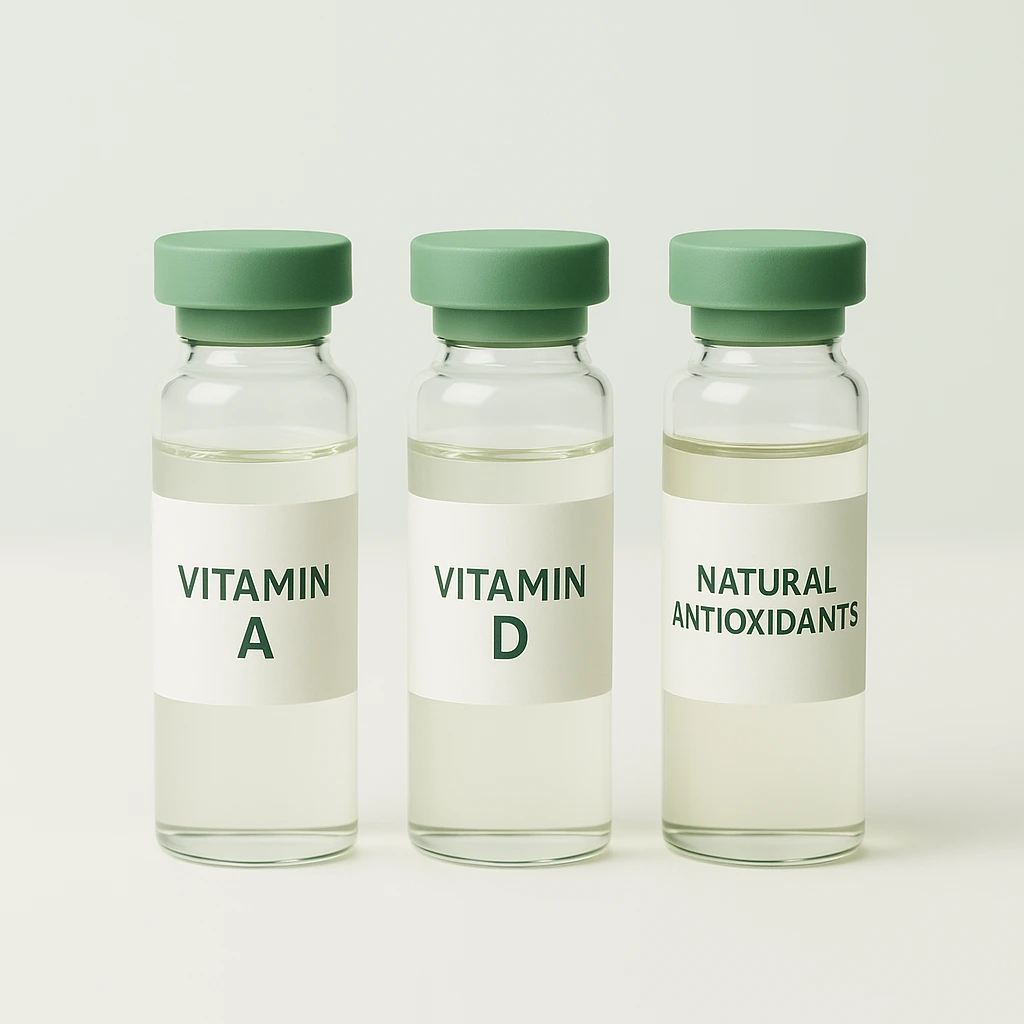
Fortification Process
- Re-introduction of natural vitamins A and D if levels declined during refining.
- Controlled addition of synthetic vitamins for standardised potency.
- Incorporation of natural antioxidants to prevent oxidation.
Gentle flavouring with natural lemon flavour or other oils to mask any fishy taste.
Proper blending maintains homogeneity and prevents phase separation. These processing techniques ensure both chemical stability and pleasant sensory characteristics.
Encapsulation: Turning Refined Oil into Capsules
Encapsulation transforms purified fish oils into convenient, stable fish oil supplements for human consumption.
Main Stages
- Filling: precise volumes of oil are injected into softgel shells under vacuum.
- Sealing and Drying: capsules pass through temperature-controlled tunnels to solidify.
- Polishing: capsules are cleaned to remove surface oil.
Inspection and Testing: optical systems check for leaks and weight accuracy.
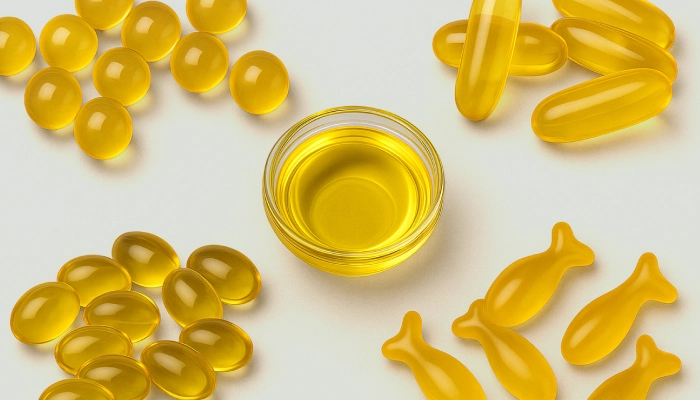
Packaging and Storage
- Store below 20 °C away from light.
- Use opaque blisters or bottles with nitrogen flushing.
- Maintain low oxygen to avoid oxidation products.
These practices guarantee that each capsule preserves its concentration of omega 3 fatty acids, natural vitamins, and therapeutic properties until the expiry date.
Testing and Certification
Quality control validates every batch against international requirements.

Core Tests
- Peroxide value and total oxidation value for freshness.
- Quantification of EPA and DHA and verification of EPA and DHA content.
- Screening for heavy metals, organic pollutants, and environmental pollutants.
- Independent third-party testing following American Oil Chemists Society methods.
Typical Quality Indicators
Meeting these standards provides a lower risk of oxidation and ensures global compliance.
Innovations in Fish Oil Processing
Continuous R&D drives better yield and sustainability.
Emerging Techniques
- Enzymatic purification: reduces energy use and preserves essential fatty acids.
- Fractionation: creates customised EPA and DHA ratios for targeted health products.
- Blending: mixes salmon oil with other oils for desired colour and texture.
- Continuous monitoring: IoT sensors track oxidation values in real time.
These innovations have a significant effect on efficiency, yield, and product consistency, helping Merywood and other manufacturers maintain leadership in sustainable food science.
Safety and Compliance for Human Consumption
Before export, all fish oil products undergo regulatory review for labelling and composition.
Compliance covers:
- Origin and traceability of raw materials.
- Limits for trans fats, saturated fats, and oxidation products.
- Declared levels of omega 3 fatty acids per recommended body weight.
Following European Union legislation and World Health Organization guidelines reduces increased risk of non-conformity and supports responsible nutrition claims.

Business Perspective: Partnering with a Professional Manufacturer
For brands seeking to launch their own line of fish oil supplements, collaboration with an experienced producer like Merywood ensures full cycle support from concept to capsule.
Advantages of Working with Merywood
- Certified sourcing of wild-caught fish and sustainable fish species.
- In-house refinery with alkali refining, molecular distillation, and vacuum encapsulation.
- On-site laboratories for third-party testing and chemical profiling.
- Flexible private-label formats for bulk and retail markets.
- Expertise in blending other oils for custom formulations.
Merywood provides end-to-end manufacturing solutions — from sourcing and processing to packaging and regulatory documentation — helping partners deliver premium fish oils worldwide.
Contact us to learn more about Merywood’s team, and how we can empower your business.

Conclusion
From the moment fresh fish arrive at the plant to the final capsule ready for market, each step in fish oil and cod liver oil production demands precision, control, and respect for nature.
Through controlled heating, alkali refining, and multi-stage molecular distillation, manufacturers remove impurities and preserve the balance of omega 3 fatty acids, vitamin A, and vitamin D.
Merywood — your trusted partner in premium fish oil manufacturing.
Strict testing, certification, and sustainable practices ensure that every drop meets the highest international expectations for quality and safety. Companies like Merywood lead this industry by combining science, responsibility, and innovation in equal measure.
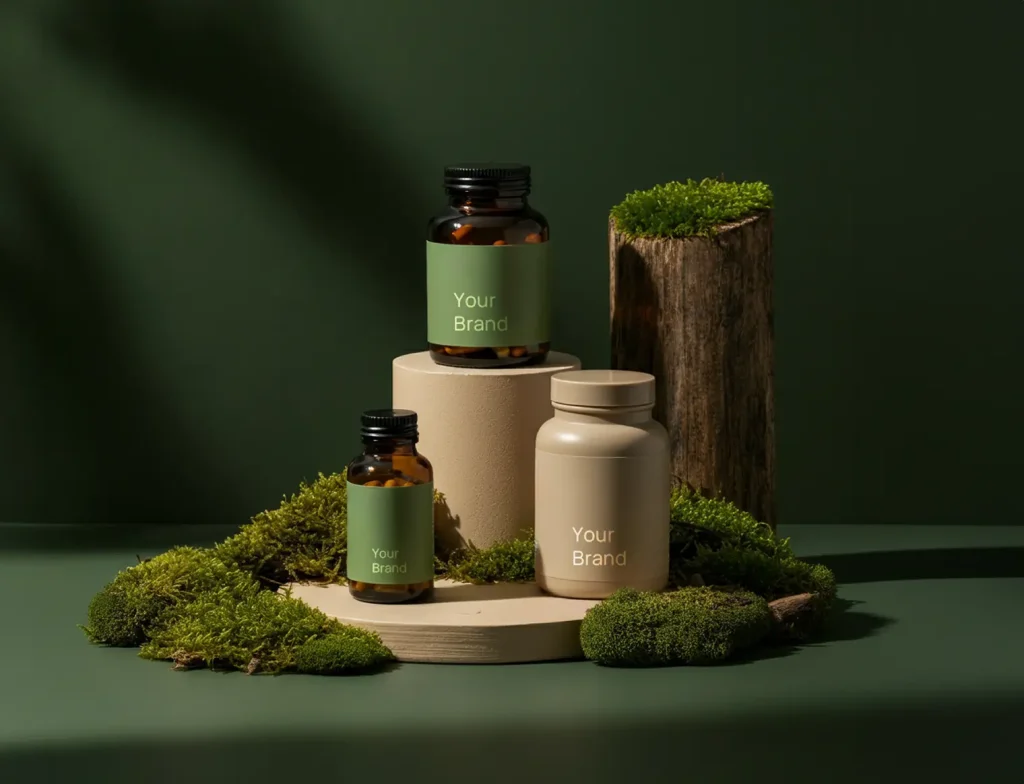
FAQ
Still got questions? Here’s what our readers ask.
What is fish oil and how is it used in manufacturing?
Fish oil is a natural lipid ingredient rich in long-chain fatty acids. In industrial production, it serves as a base material for dietary supplements, functional blends, and certain skincare formulas. Its high purity and bioactivity make it suitable for brands seeking science-backed, premium formulations.
What is fish oil used for in industrial manufacturing?
Fish oil is a key raw material in the nutraceutical, pharmaceutical, and cosmetic industries. It is valued for its high concentration of long-chain fatty acids and natural emollient properties. In supplement manufacturing, refined fish oil serves as a base ingredient; in cosmetics, it provides hydration and lipid restoration benefits.
How does Merywood produce fish oil?
Merywood manufactures and refines fish oil in accordance with EU GMP, ISO, and HACCP standards. The process includes cooking, pressing, centrifugation, refining, molecular distillation, and deodorization. Each stage ensures removal of water, proteins, heavy metals, and volatile compounds, resulting in a clean, stable, and fully traceable ingredient ready for formulation.
What species of fish are used to produce fish oil?
We primarily use anchovy, sardine, and mackerel — species known for consistent fatty-acid profiles and sustainability. Depending on your formulation goals, we can also supply salmon or tuna by-product oils. All raw materials come from MSC- and FOS-certified fisheries in the North Atlantic and South Pacific.
Is fish oil veg or non-veg?
Fish oil is a non-vegetarian ingredient, as it originates from marine animals. Brands targeting vegetarian or vegan consumers can choose microalgae-based oils, which deliver similar functionality and fatty-acid structure while remaining 100% plant-derived and sustainable.
Are fish oil supplements a waste?
No — when produced and refined to pharmaceutical standards, fish oil remains one of the most scientifically supported lipid ingredients in the world. Its functional value depends on quality: freshness, low oxidation, and verified fatty-acid content. At Merywood, each batch undergoes peroxide, anisidine, and TOTOX testing to confirm oxidative stability and bioactive potency before packaging.
How do you guarantee product purity and freshness?
Freshness begins at the source: fish are processed immediately after catch. During refining, we apply low-temperature techniques and nitrogen blanketing to prevent oxidation. Antioxidants such as natural tocopherols are added for extra protection. Each batch is tested for peroxide value (PV), anisidine value (AV), and TOTOX index to confirm oxidative stability.
What quality standards regulate fish oil manufacturing?
Professional manufacturers operate under GMP, HACCP, ISO 22000, and GOED monograph standards. Analytical testing includes peroxide value (PV), anisidine value (AV), and TOTOX index to confirm oxidative stability. Additional tests screen for heavy metals, dioxins, and microbiological safety.
What grades of fish oil do you supply?
We produce several industrial grades:
- Crude fish oil
- Refined fish oil
- Winterized fish oil
- Deodorized fish oil
Each option can be customized by color, clarity, or fatty-acid profile and delivered in bulk drums or IBC containers.
Do you provide contract refining or white-label solutions?
Yes. Merywood offers toll refining for client-owned raw materials as well as white or private label production under your brand. Our ecosystem covers every step — from raw material purchase and registration to label design, packaging, fulfillment, and delivery through our 15+ EU warehouses integrated with WAPI logistics.
What certifications and documentation are included?
Every batch is supplied with a Certificate of Analysis (CoA) and full regulatory documentation required for EU registration. We handle product notification and certification in accordance with EU law, ensuring your goods are legally approved for sale before shipment.
Can you assist with product registration and compliance?
Absolutely. Our regulatory department manages registration in the country where the stock is stored, as required by EU regulations. For cosmetics, notification covers the entire EU. This ensures smooth, compliant market entry without delays or fines.
What makes Merywood different from other fish oil manufacturers?
We are not only a production facility — we are a full-cycle partner. With 200+ ready formulations, active presence in 27 markets, and a personal development manager for every client, we combine scientific precision with operational flexibility. Our mission is to help brands launch faster and grow safely in the EU market.
How to request a quotation or start production?
Send us your formulation or batch request through info@merywood.com or the contact form on merywood.com.
Our specialists will prepare a detailed offer including specifications, lead times, and packaging options — from raw oil to finished product.
